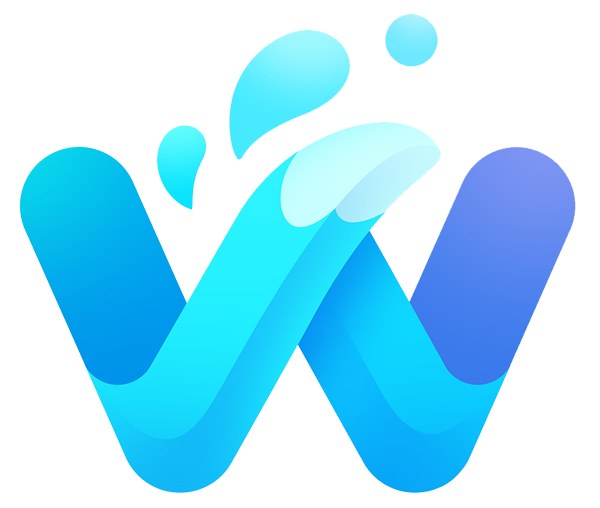Waterfox delivers a balanced browsing experience for users to navigate the web with peace of mind. Leveraging privacy and usability, Waterfox enables users to add customizations and optimize their time on browser-based applications while protecting their online activity. Waterfox schedules timely releases to improve user experience and has more accessibility in-store, with an Android platform in the works.
Features
- Compiled in Intel's C++ Compiler
- Intel's Math Library
- Streaming SIMD Extensions 3
- Advanced Vector Extensions
- Jemalloc
- Profile-Guided Optimisation
- /O3 Switch
- 100% Extension Compatibility
- 64-bit Plugin Support
- Future Proof
What's New
Welcome to the release of the sixth generation of Waterfox. This release further enhances your privacy while browsing the web.
New Features
- Waterfox uses DNS over Oblivious HTTP1, a privacy preserving method for DNS queries.
- You can now move and remove the extension button from the navigation bar.
- Access this via Menu > More tools > Customize toolbar...
- Waterfox is now built with new optimization techniques2, giving you a faster browsing experience.
- Linux, alongside Windows, now supports DRM. That means you can watch your favourite shows on the streaming platform of your choice.
Changes
- Waterfox's preferences have been gone through with a fine tooth comb, with a lot of assistance from yokoffing, who maintains Betterfox.js.
Upcoming Changes
- Waterfox for Android's feature set has been finalized, but requires updating to the latest components. This is in progress and is due for release. iOS is now in the pipeline as well.
- Privacy enhancements to some of the most popular search engines (wink wink, nudge nudge) are also in the pipeline, with more to be revealed soon.
Footnotes
- With regular DNS, your DNS queries are sent in plain text, allowing your internet provider to easily see every website you request.
- DNS over HTTPS encrypts your DNS queries with HTTPS, so your internet provider cannot read the contents. However, they can still see that you are making requests to a DNS server, and potentially correlate timing information to identify sites.
- Oblivious DNS goes further by routing encrypted queries through proxy servers in a way that obscures the true intended domain. Your internet provider cannot associate queries with specific sites you visit.
- So both Oblivious DNS and DNS over HTTPS prevent spying on the specific domains you lookup. But Oblivious DNS better hides the fact that you are making any query for a given site at all. It adds an extra layer of indirection and privacy protection.
- The main advantage of Oblivious DNS over DNS over HTTPS is that it better prevents network-level tracking of your web browsing habits by your ISP or others running the network infrastructure. It hides the act of looking up a site in the first place. â©
- When you use a web browser, it has to perform a lot of repetitive tasks - like rendering web pages, running JavaScript code, and parsing CSS. These tasks follow certain patterns each time you use the browser.
- PGO allows the compiler to detect these patterns and optimize the browser code.
- The result is a web browser optimized for real-world use, not just theoretical usage. Web pages will render faster, scripts will run faster, and the browser will feel much more snappy and responsive.
- As previously mentioned, when you use a web browser, it has to repeat similar tasks over and over - like rendering webpage elements, running JavaScript code, scrolling the page, and displaying videos.
- These tasks involve loops, where the browser does the same kind of work over and over. Polyhedral optimization makes the browser's loops run faster by reorganizing them. It finds the best way to access data repeatedly in the most efficient order.
- For example, when scrolling a page with lots of images, polyhedral optimization could optimize the loops that decode and display the image data. It finds the fastest way to reuse image data in the CPU cache.
- This means scrolling feels much smoother. The images decode quicker as you scroll up and down. The browser feels snappier.
- So in simple terms, polyhedral optimization tunes the browser's inner loops to make maximum use of the CPU and memory. This speeds up repetitive tasks like rendering, scrolling, and video playback that rely on loops. The end result is a faster, smoother browsing experience for the user.




